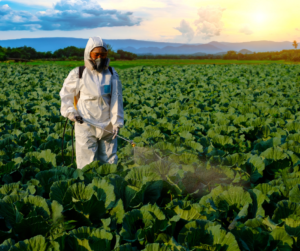Last updated on January 2nd, 2025 at 05:45 pm
This webinar discusses cholinesterase testing and monitoring protocols based on programs from both California and Washington. View this webinar to learn about ChE and its function in the body, routes of exposure, who is at risk, signs and symptoms, treatments, and prevention of exposure. Most importantly, presenters share an established and recently updated protocol algorithm to guide your medical monitoring program. This protocol is designed to create awareness among your workers, set standards based on acceptable safe practices, and reduce incidents in the workplace. Read more…
Categories:
Healthcare Providers, Personal Protective Equipment, Pesticide & Chemical Safety

